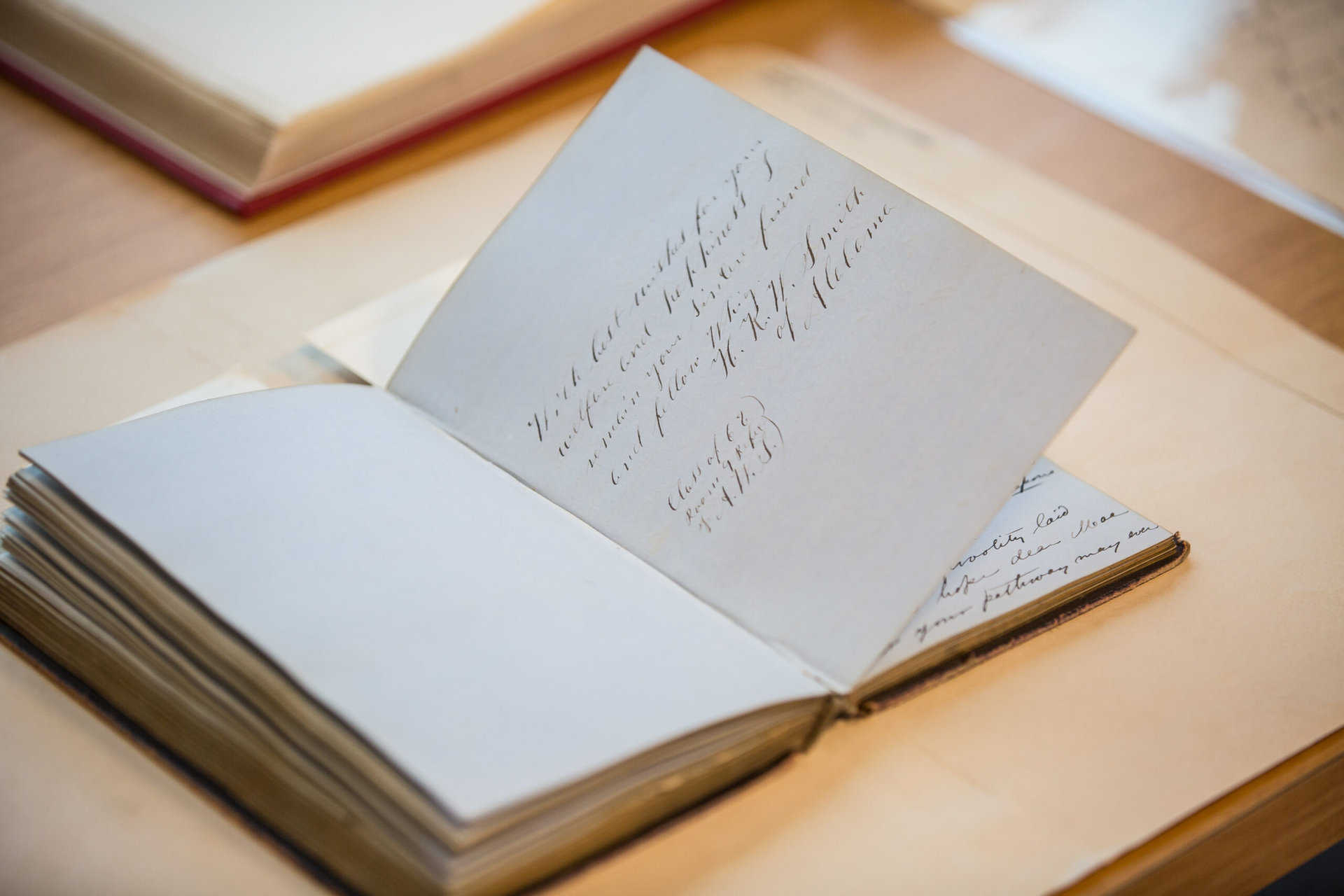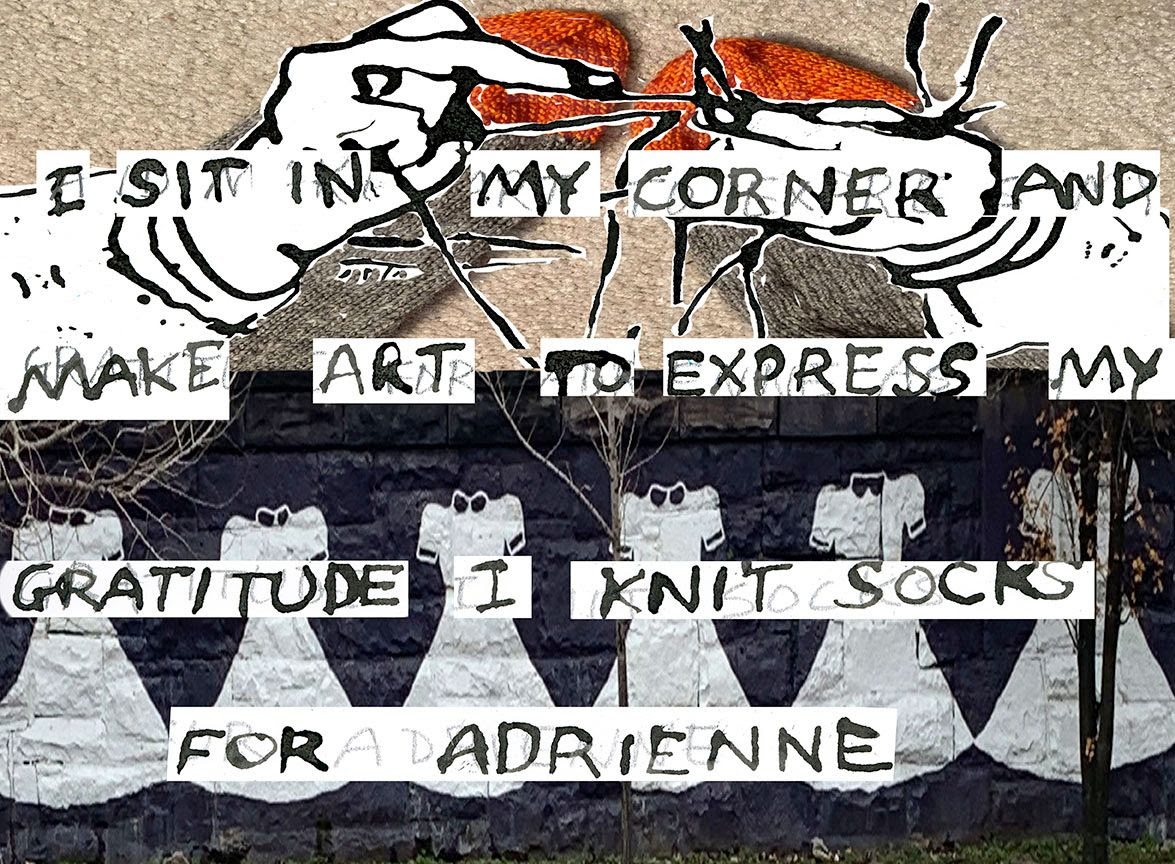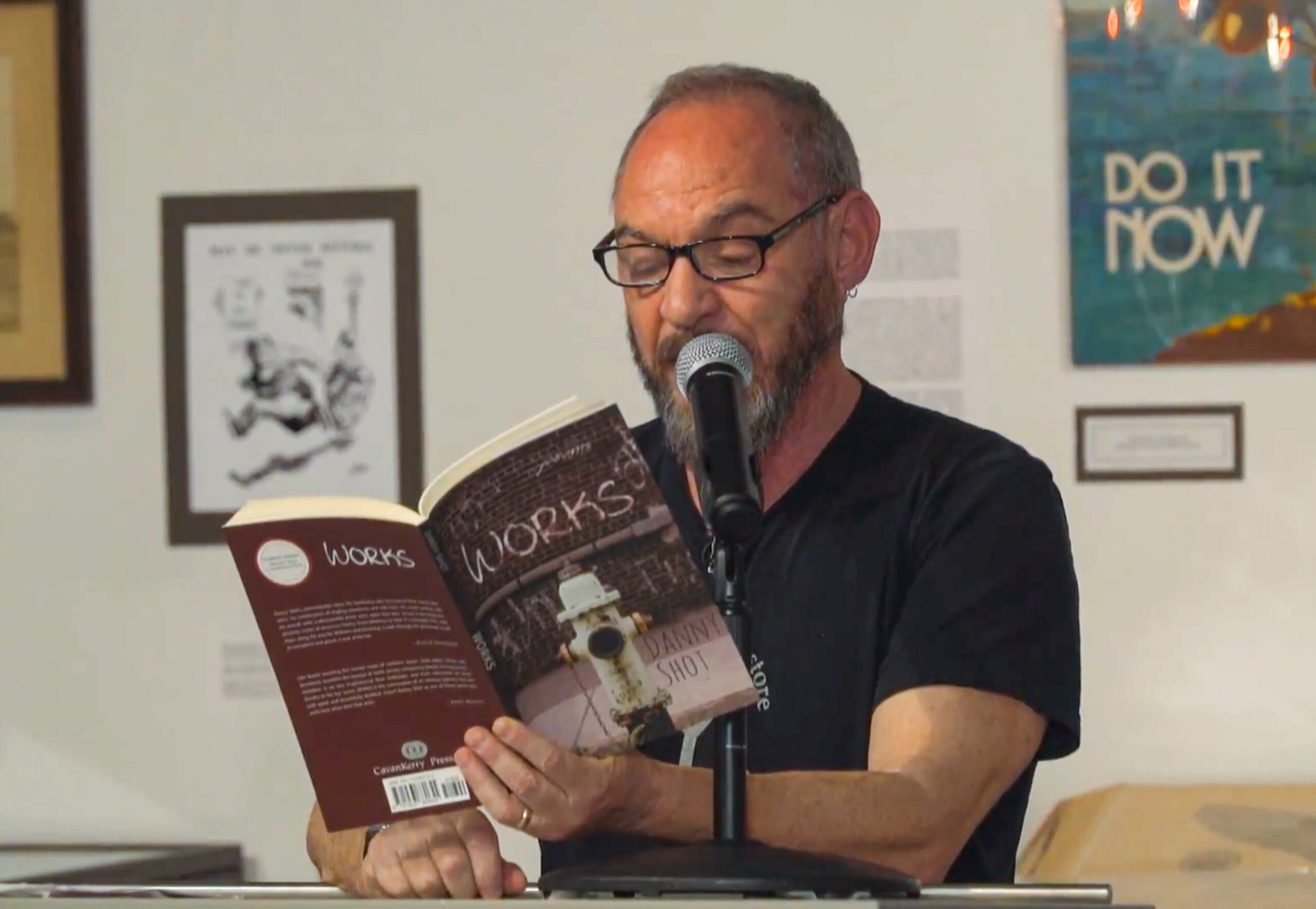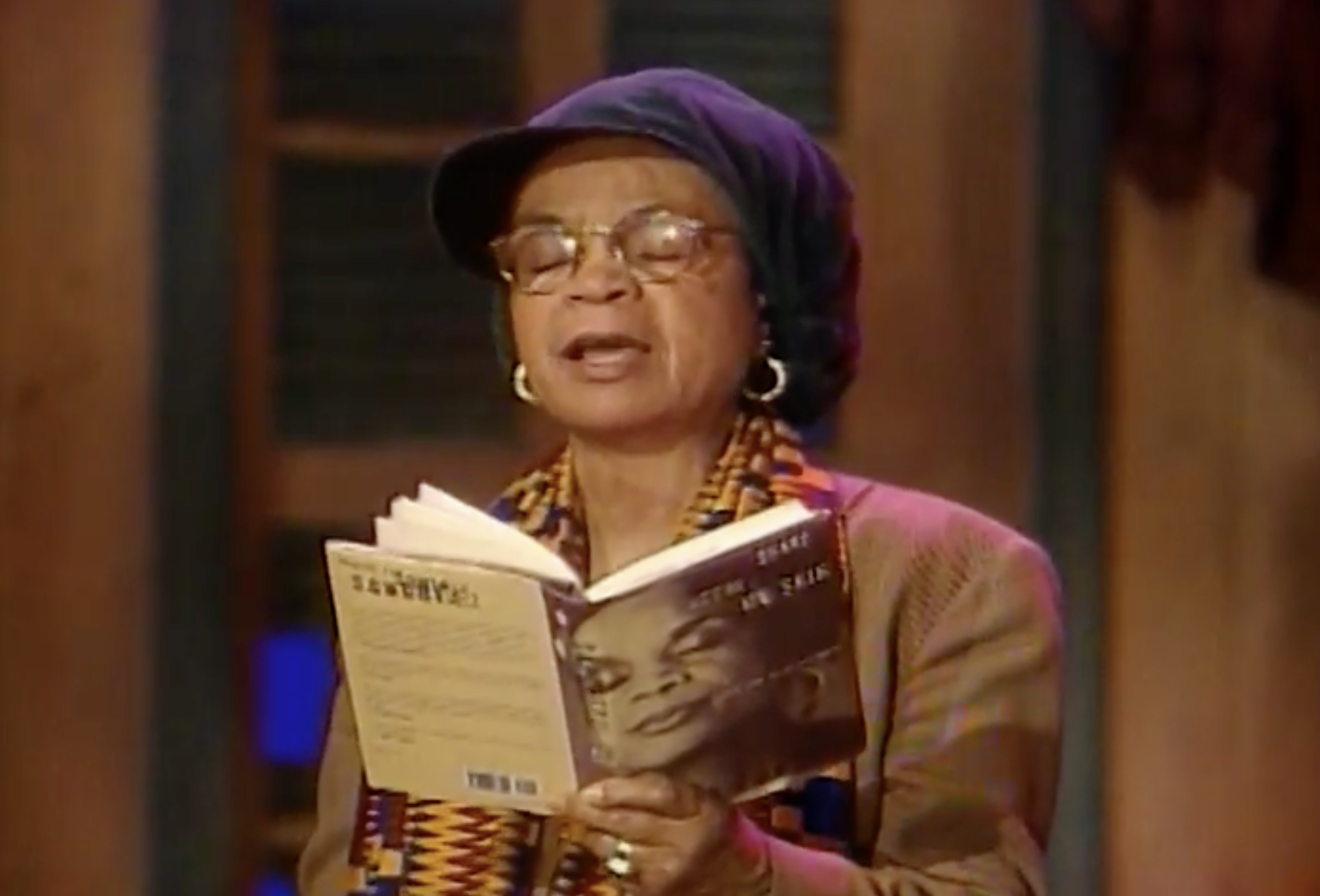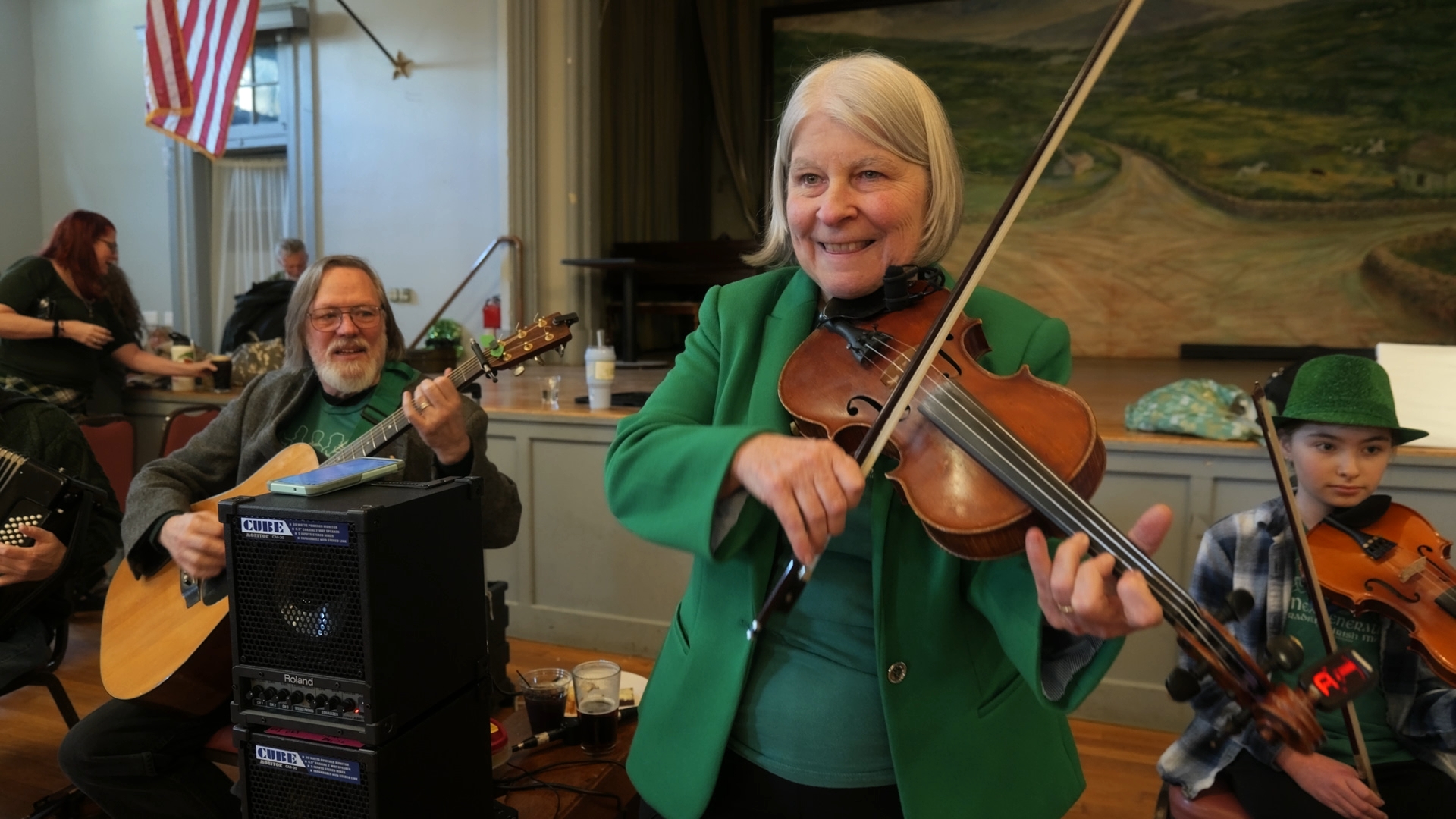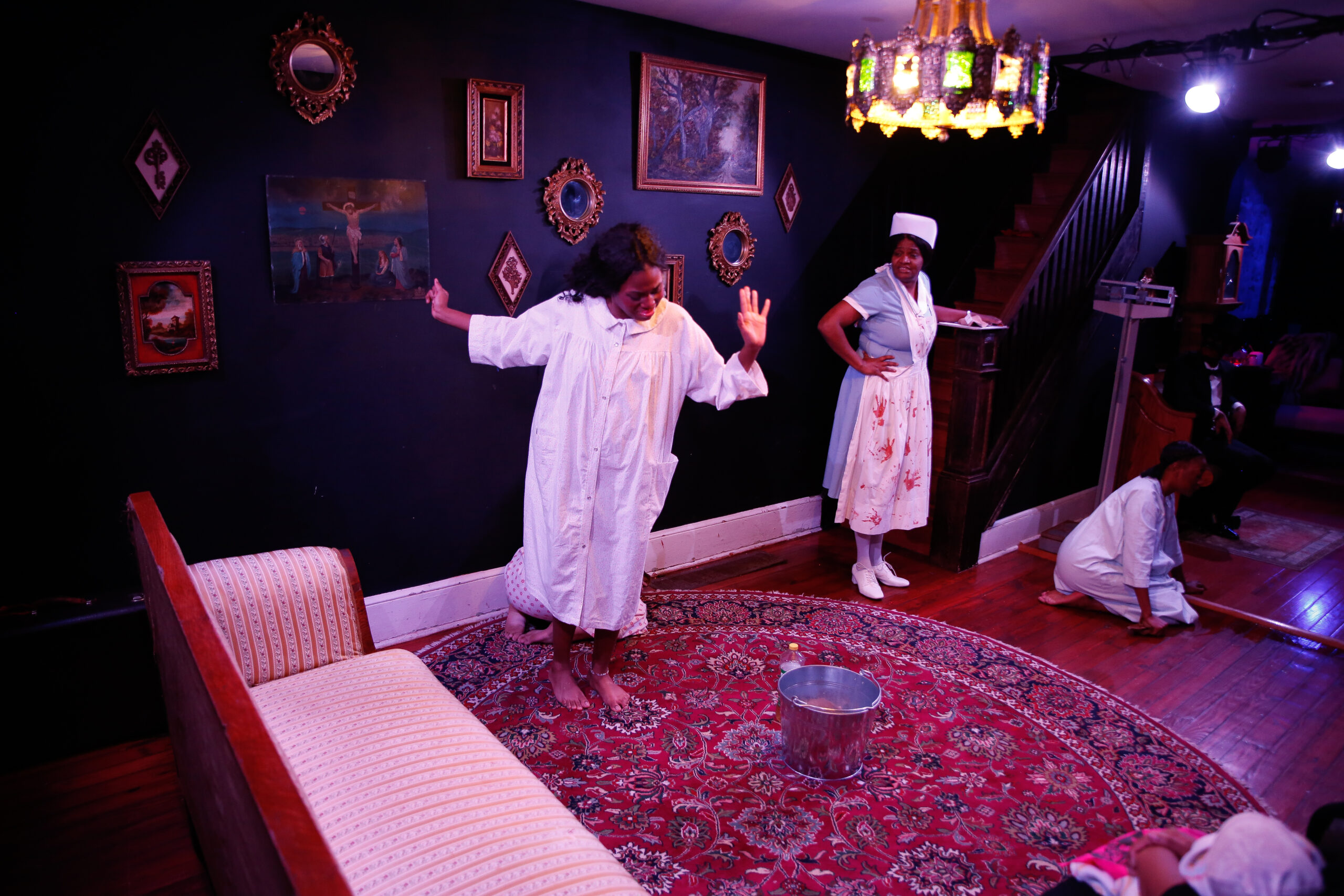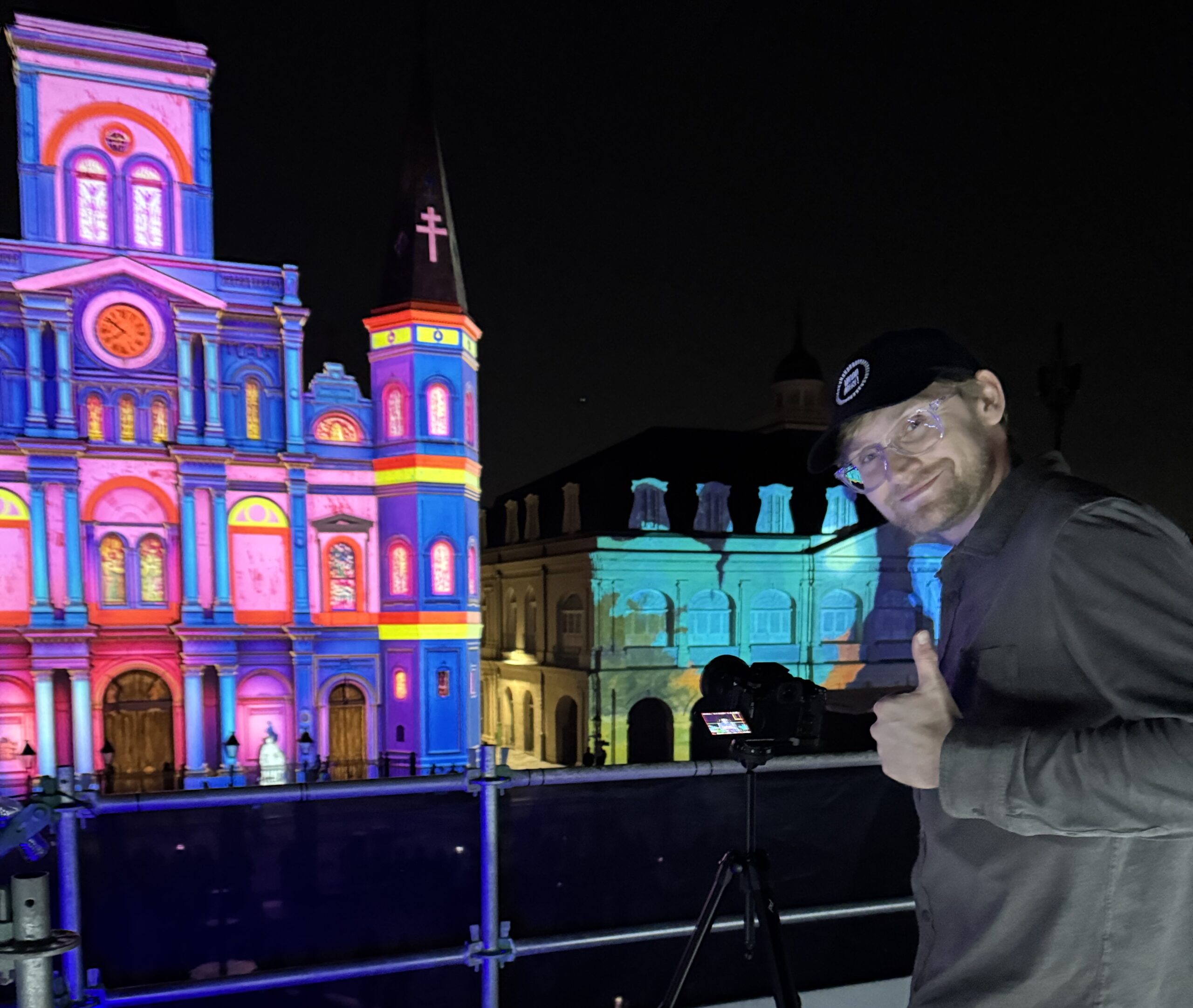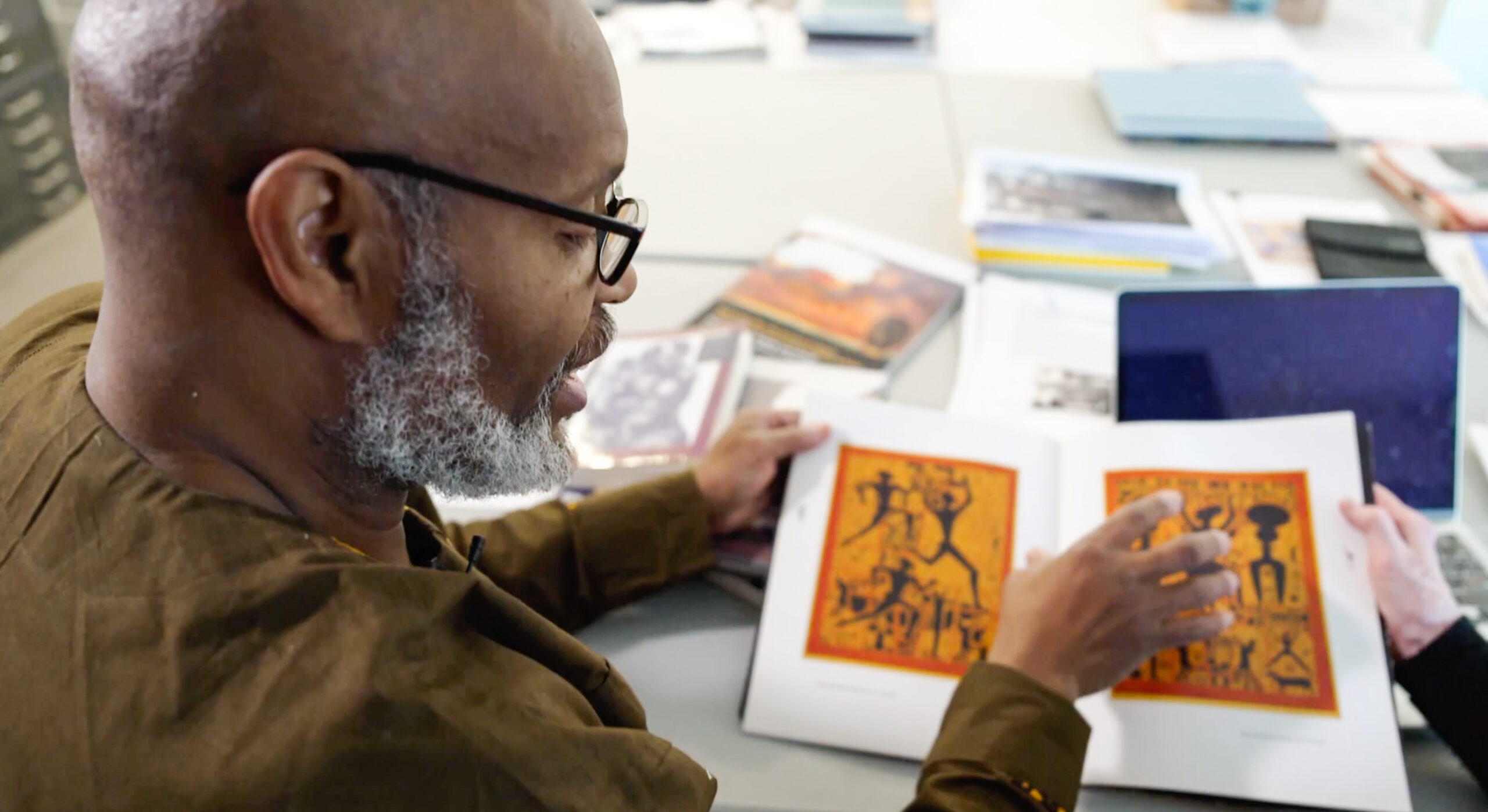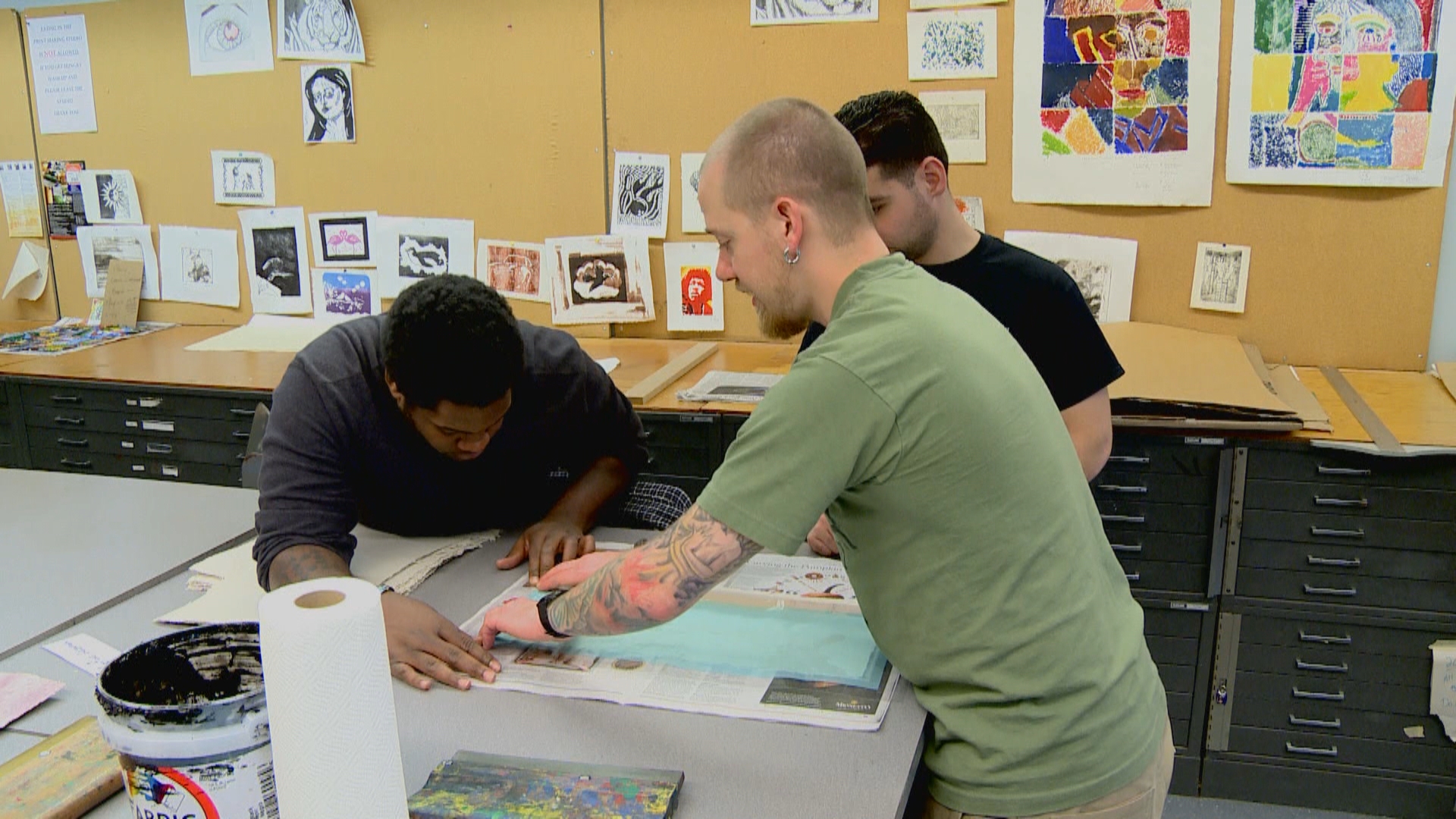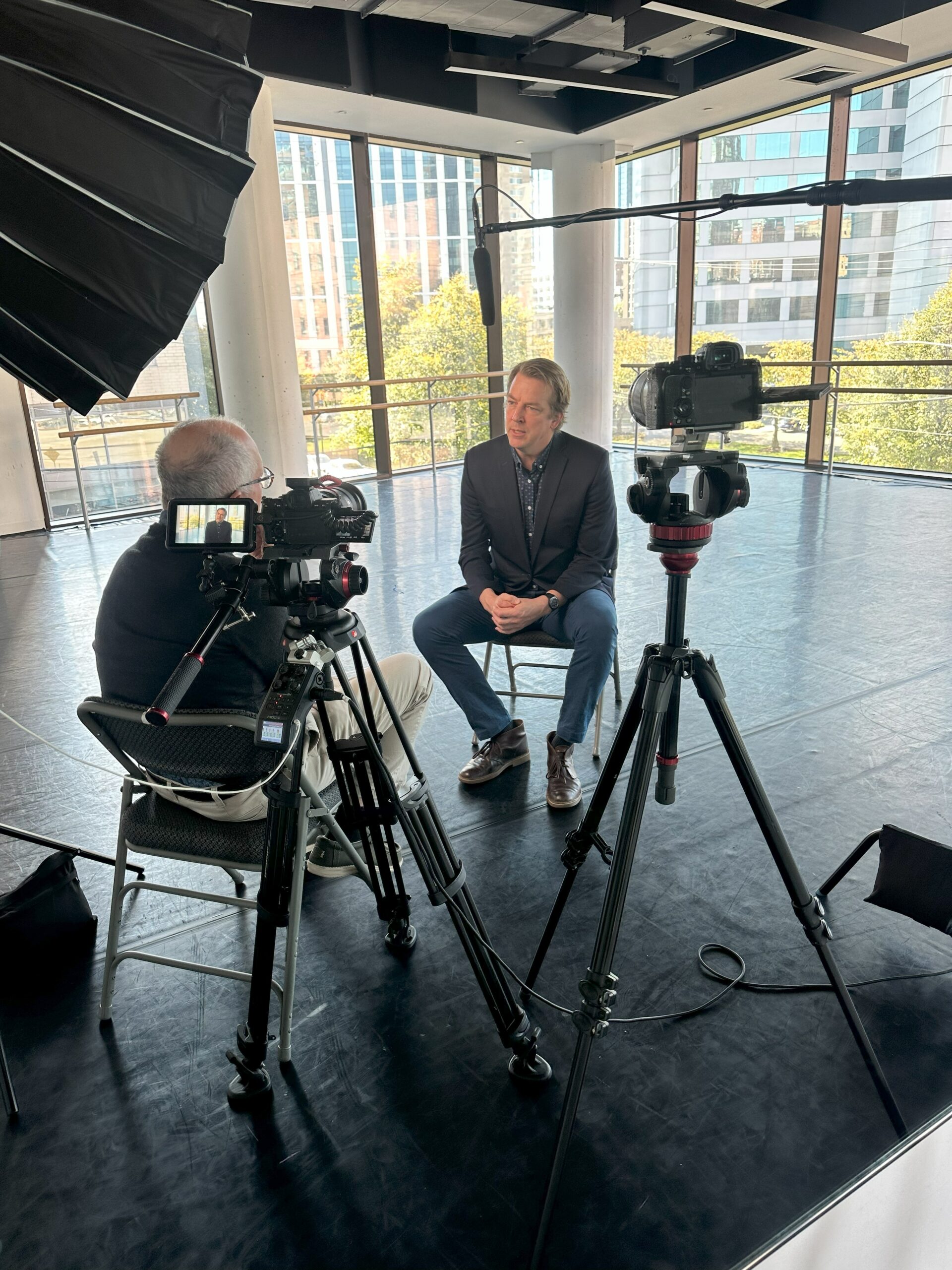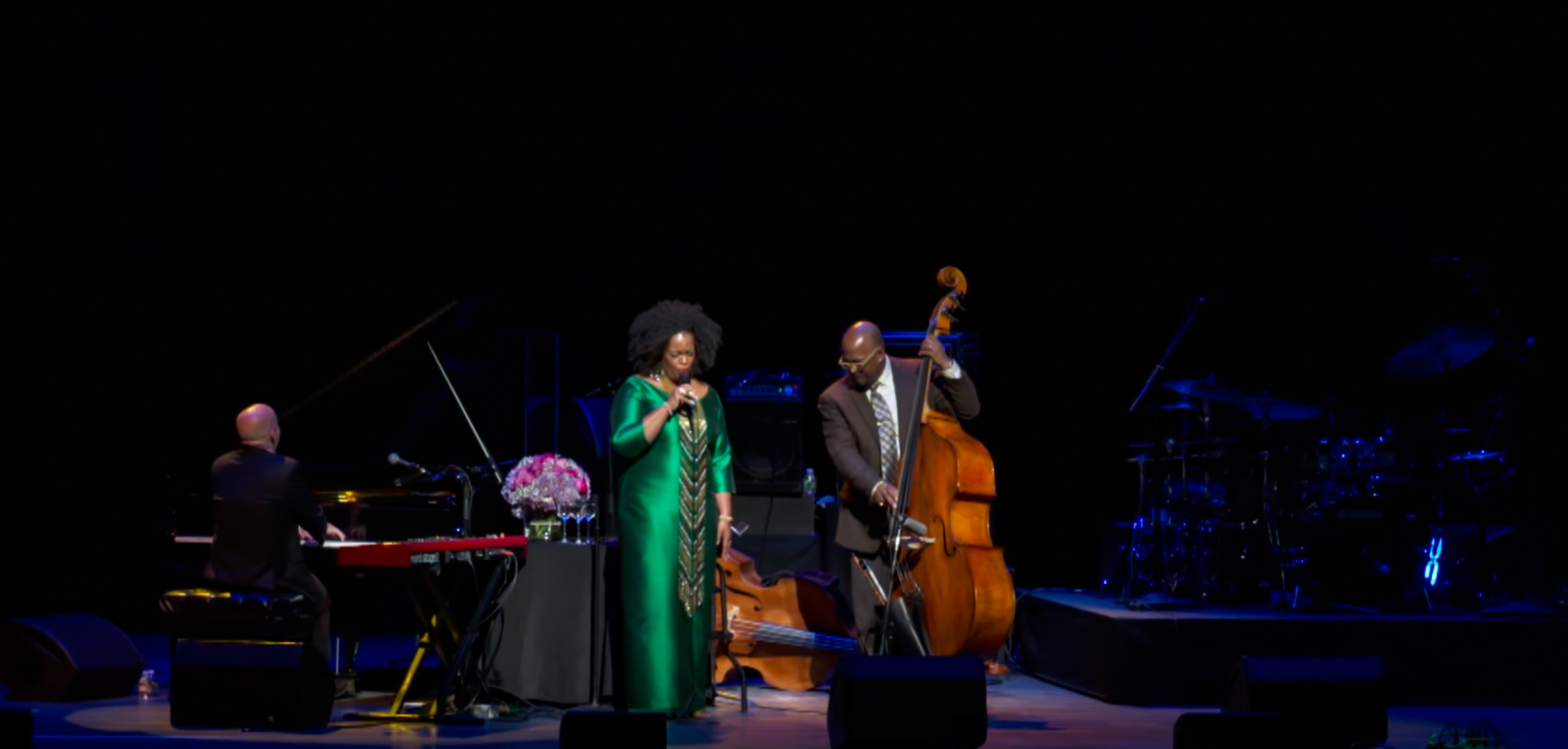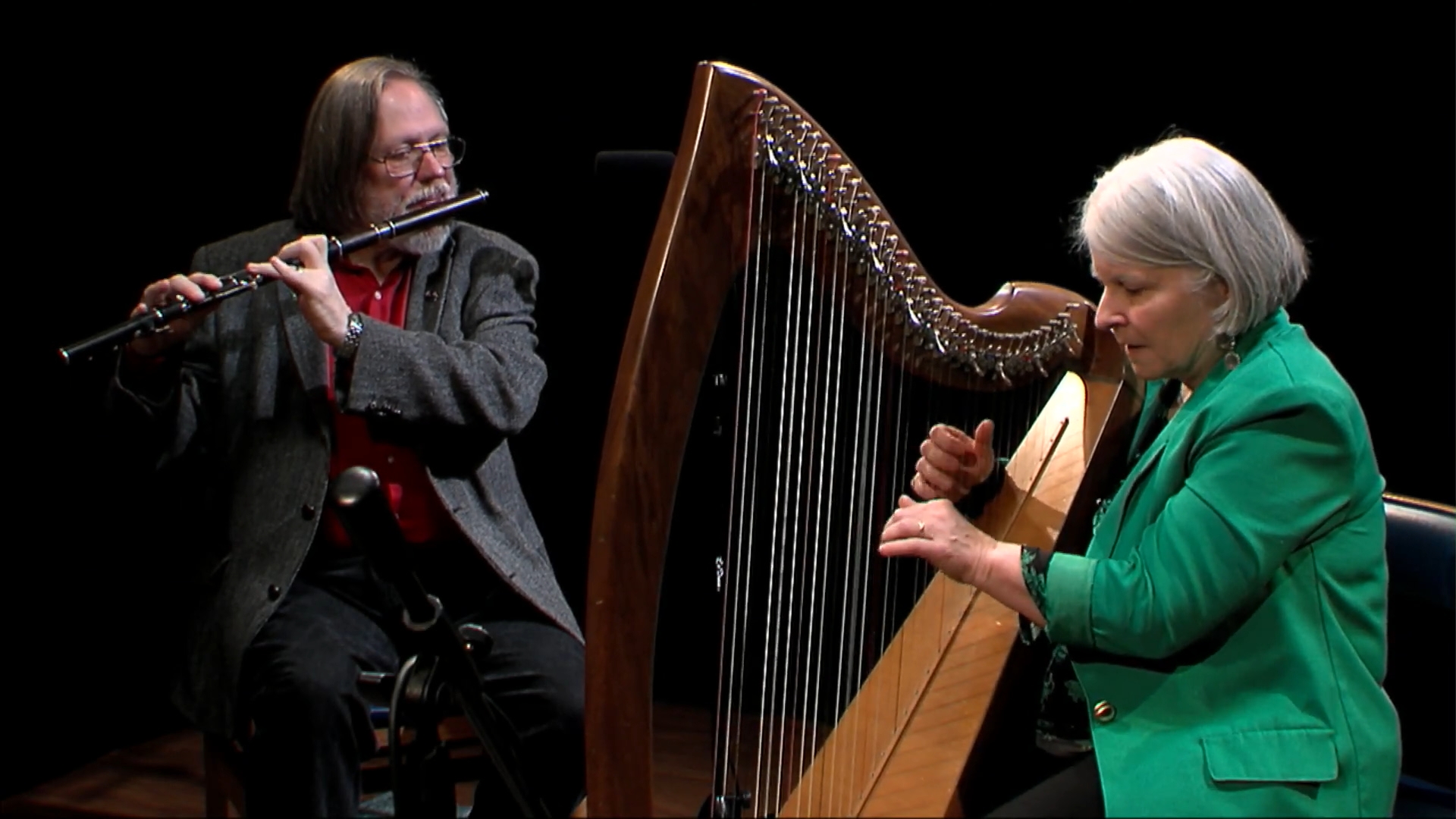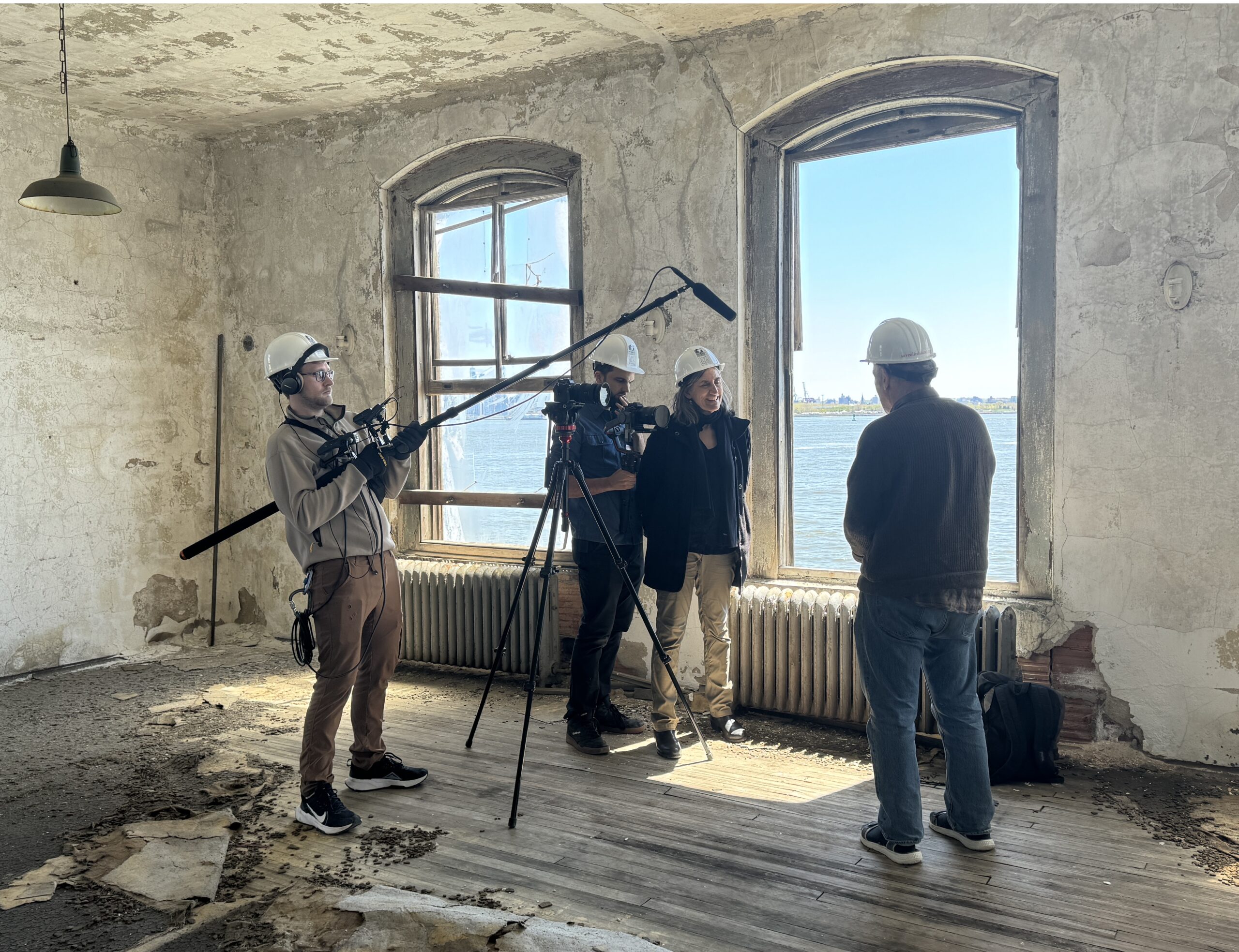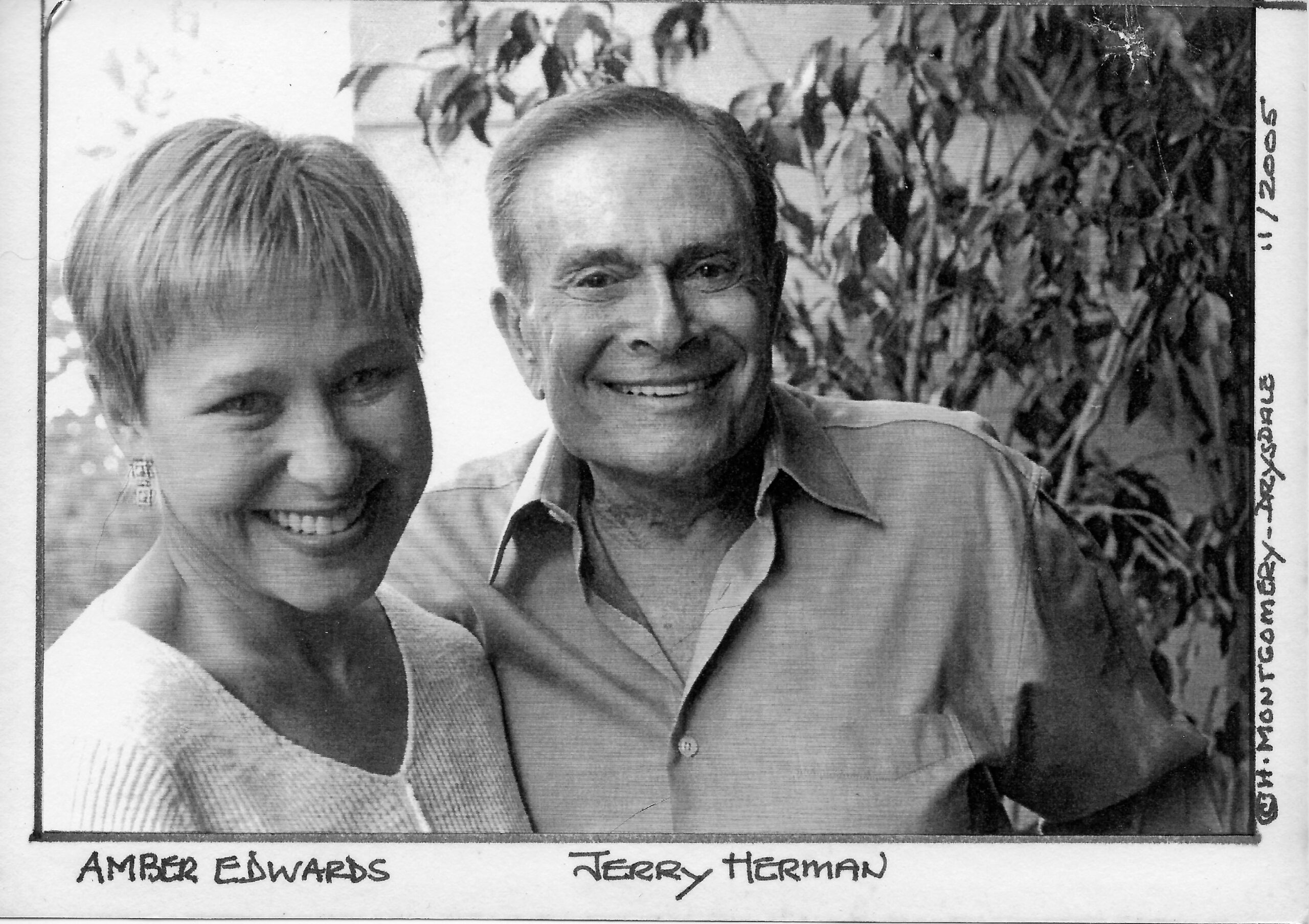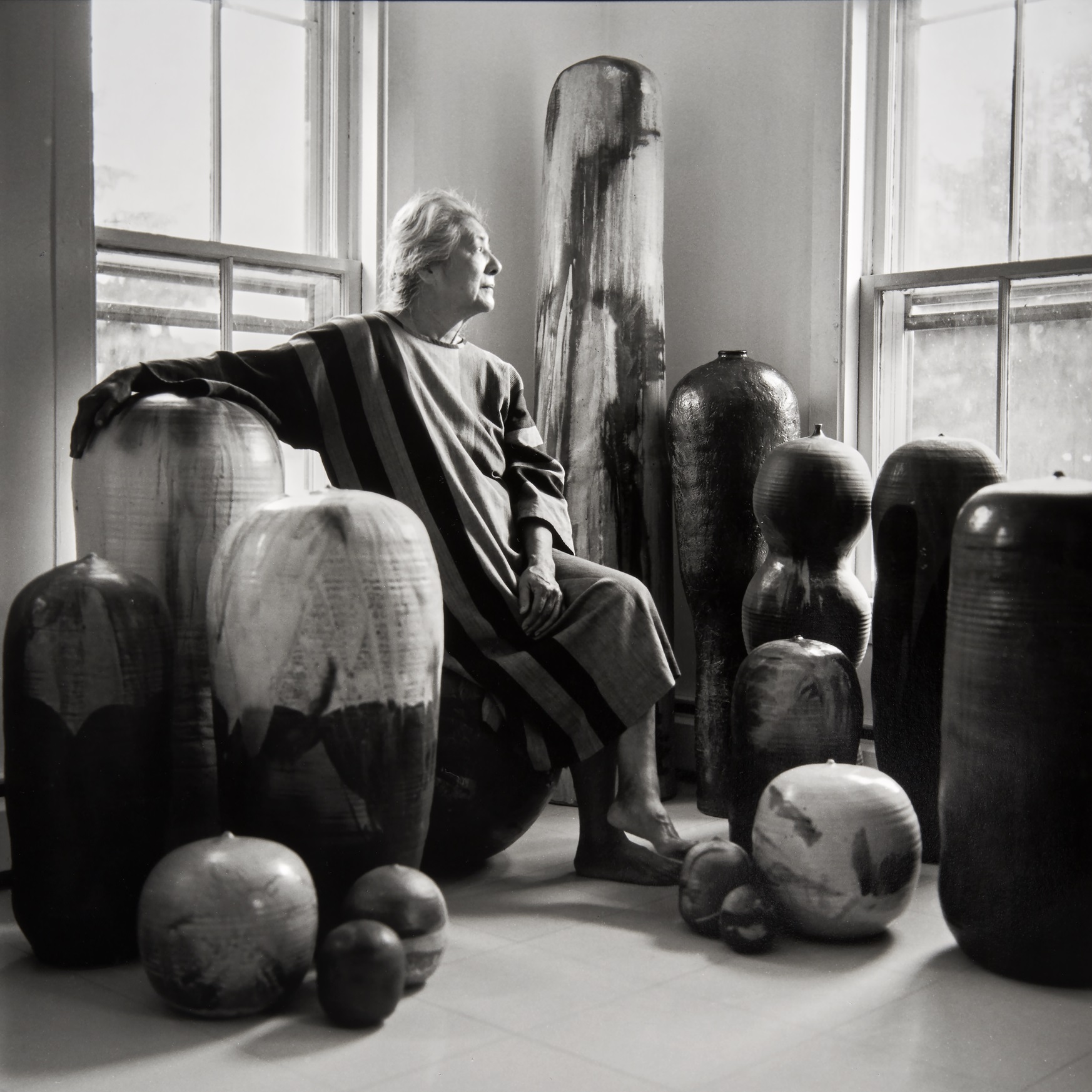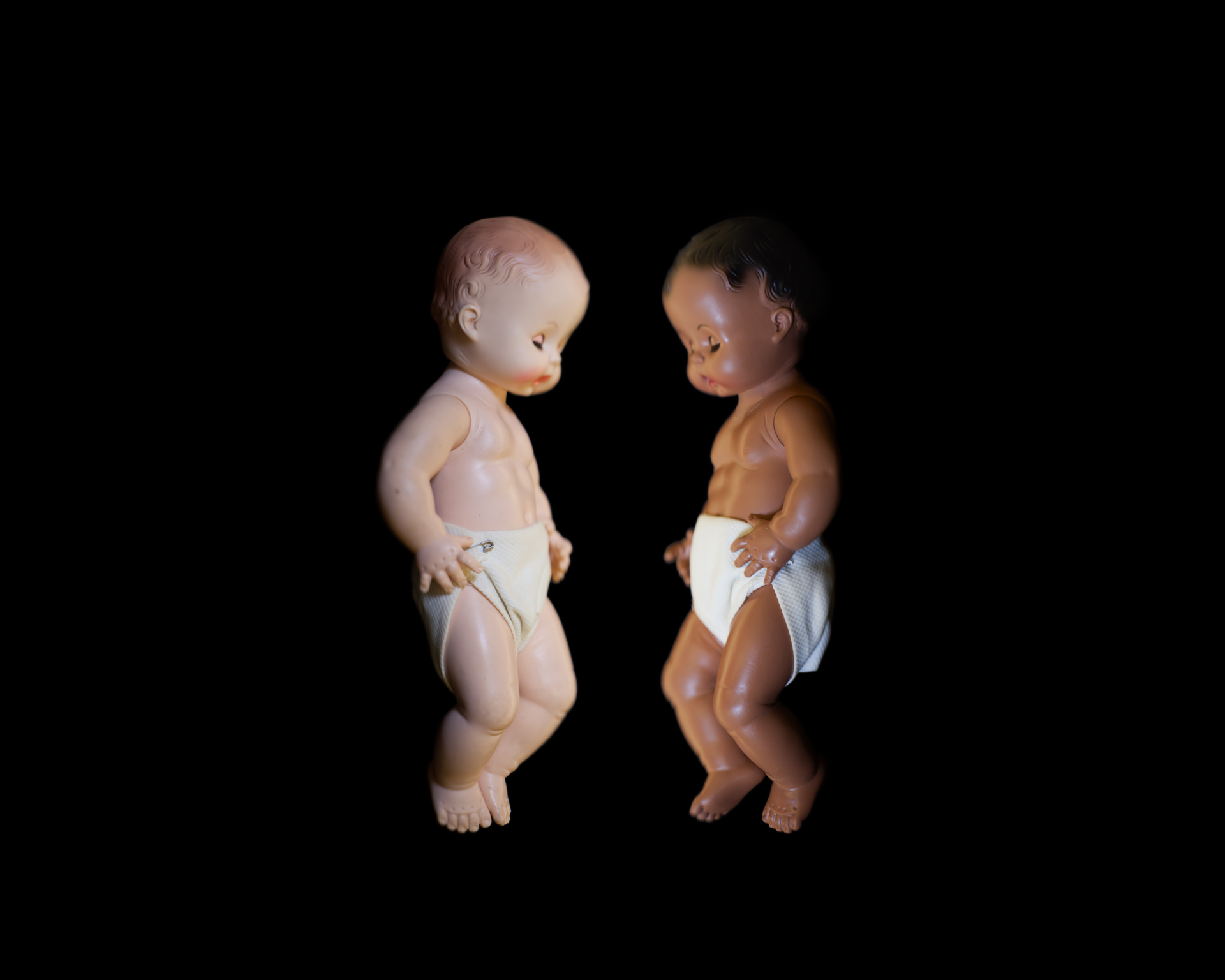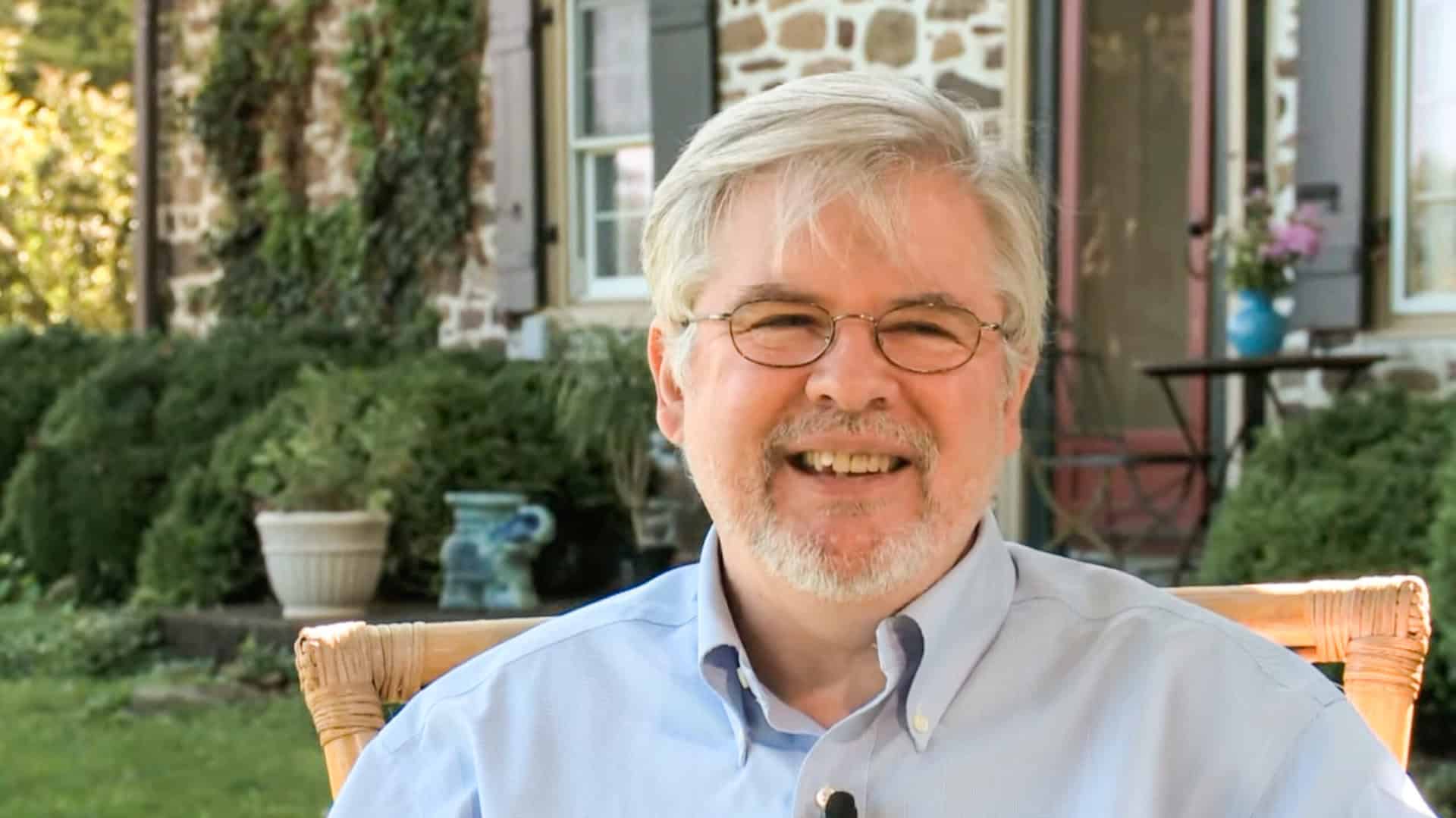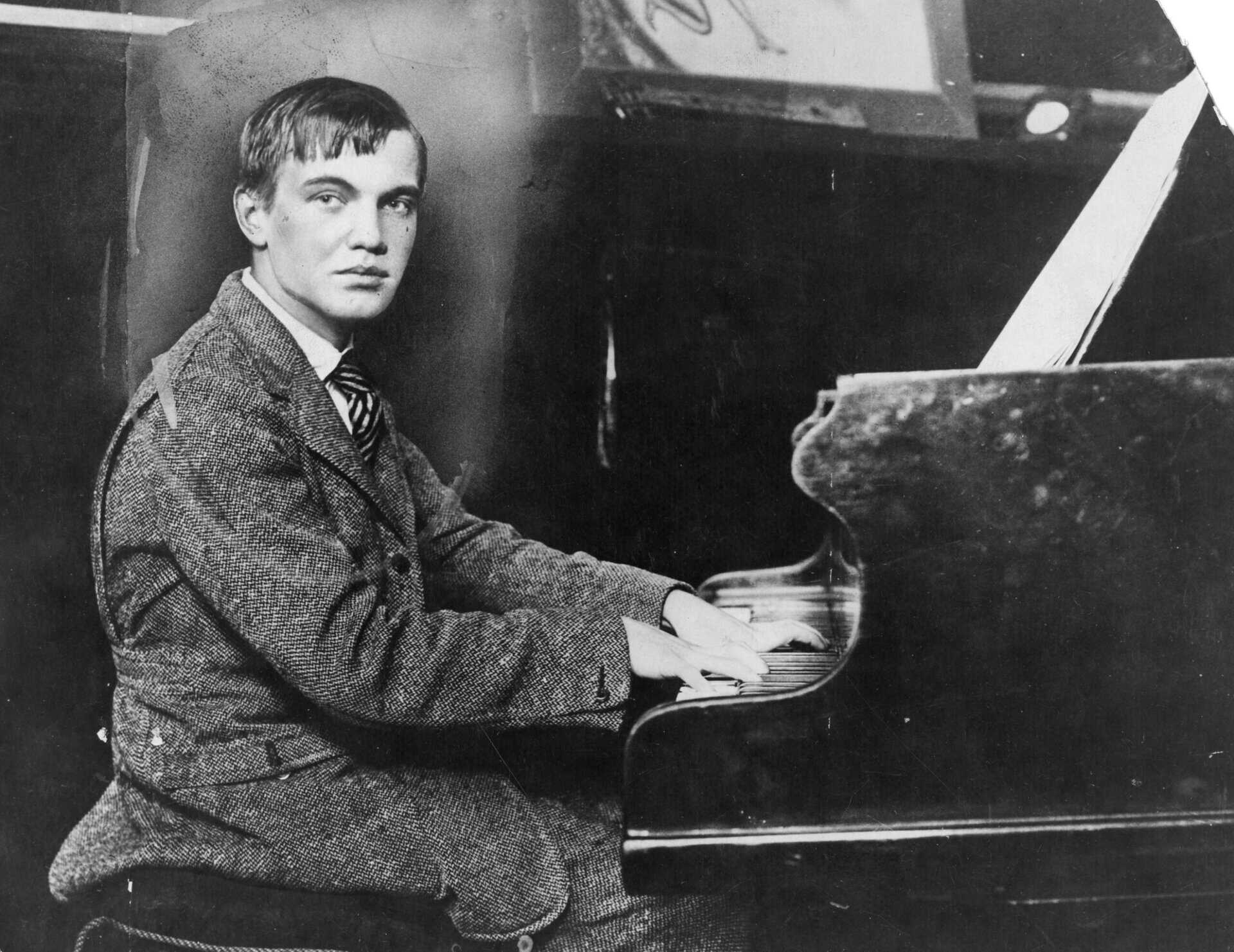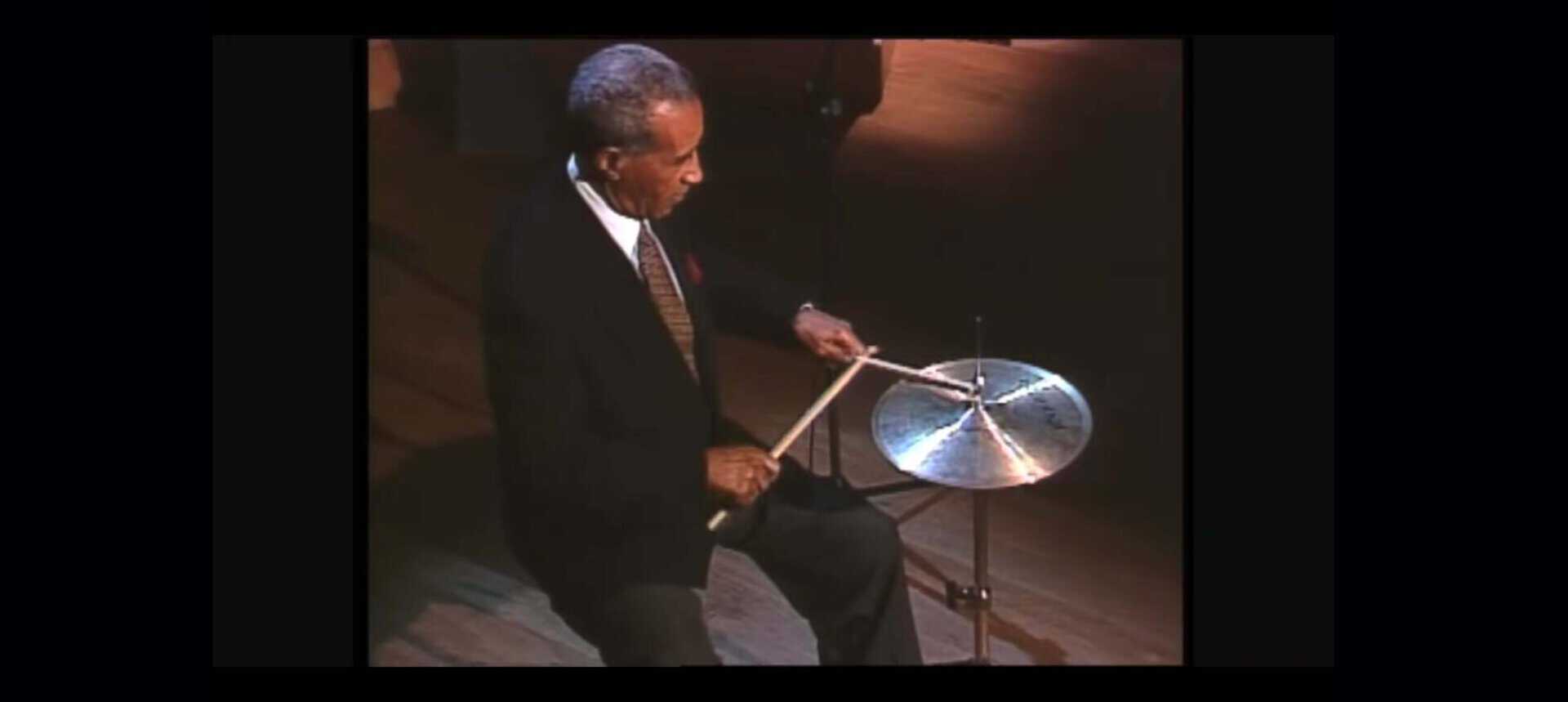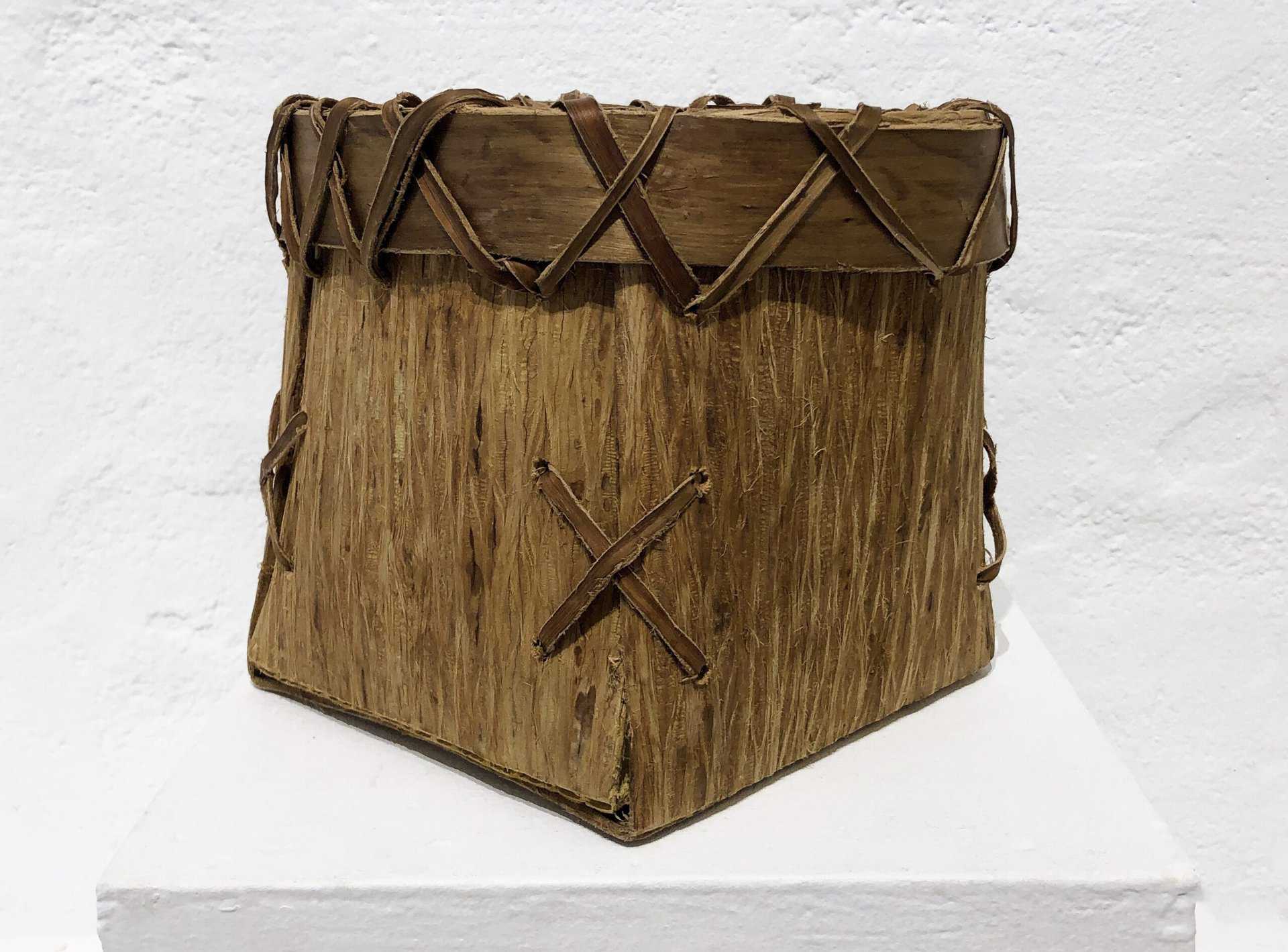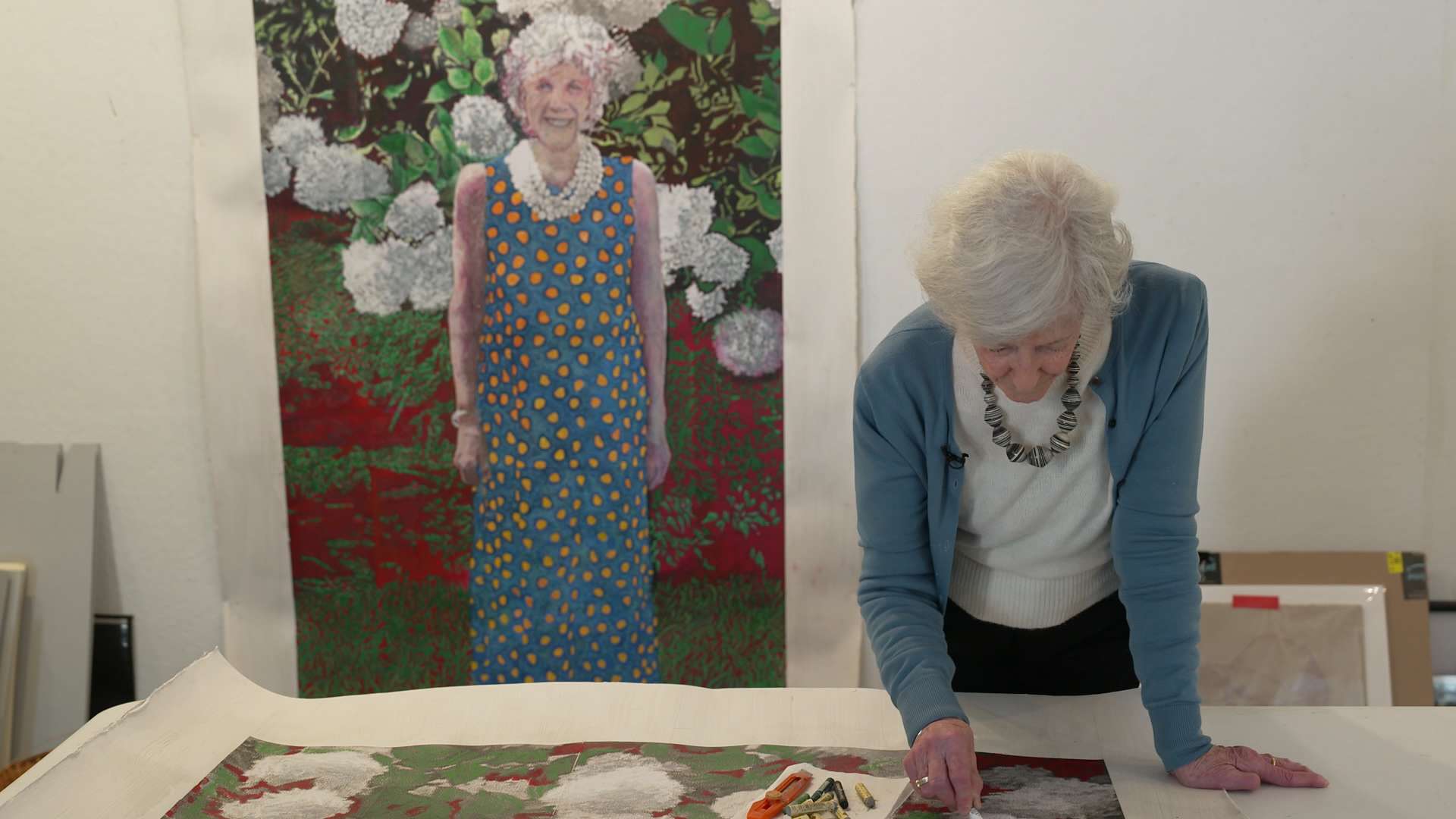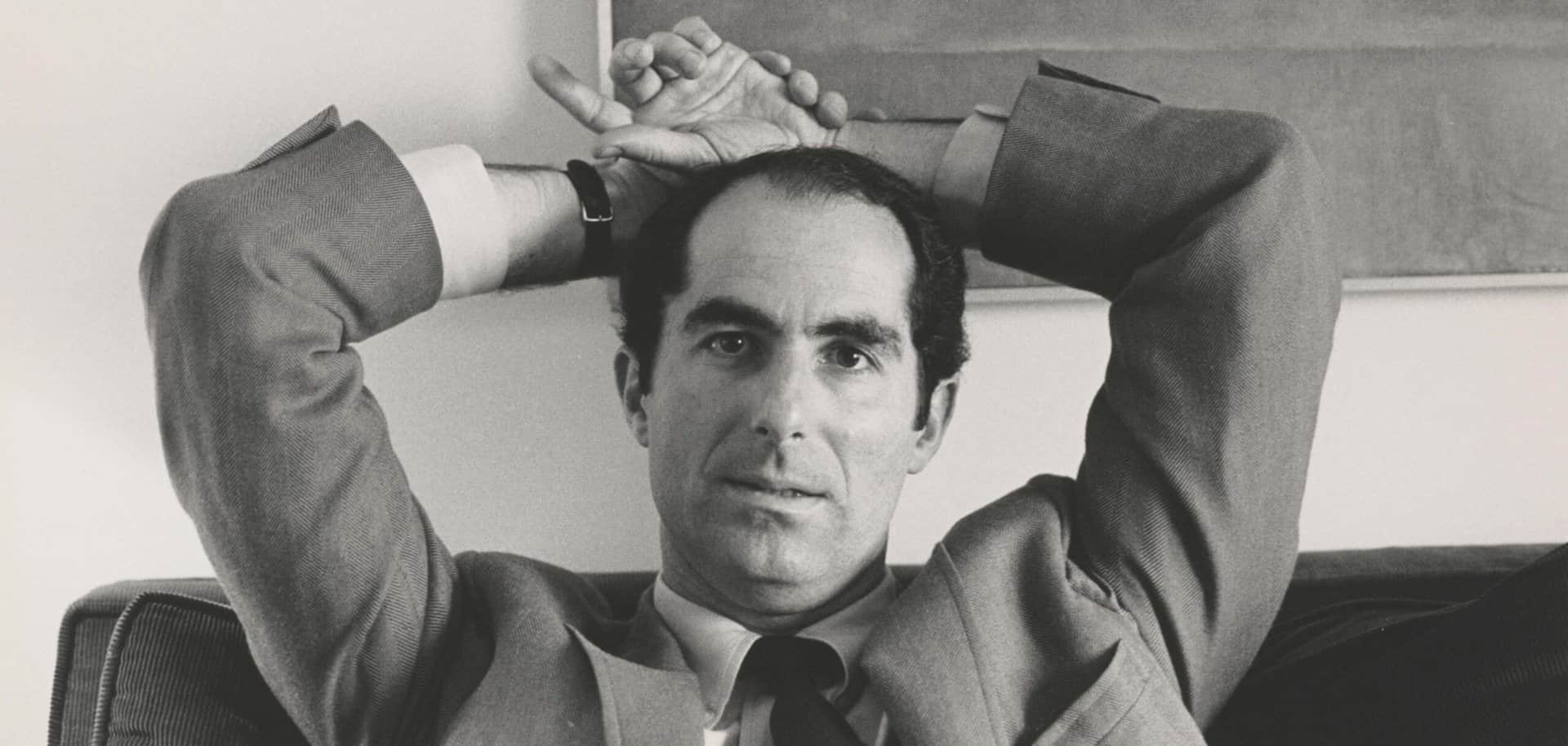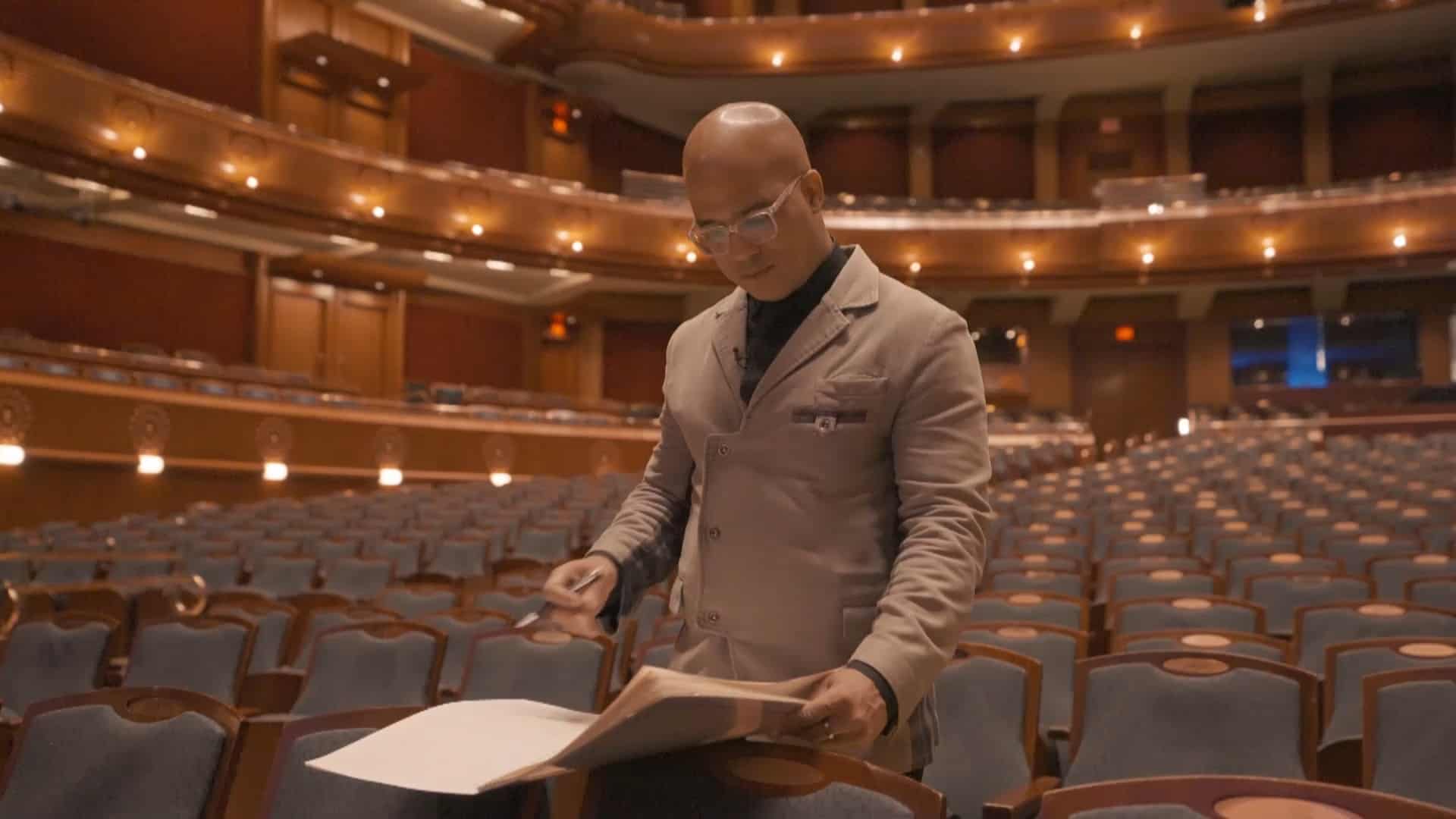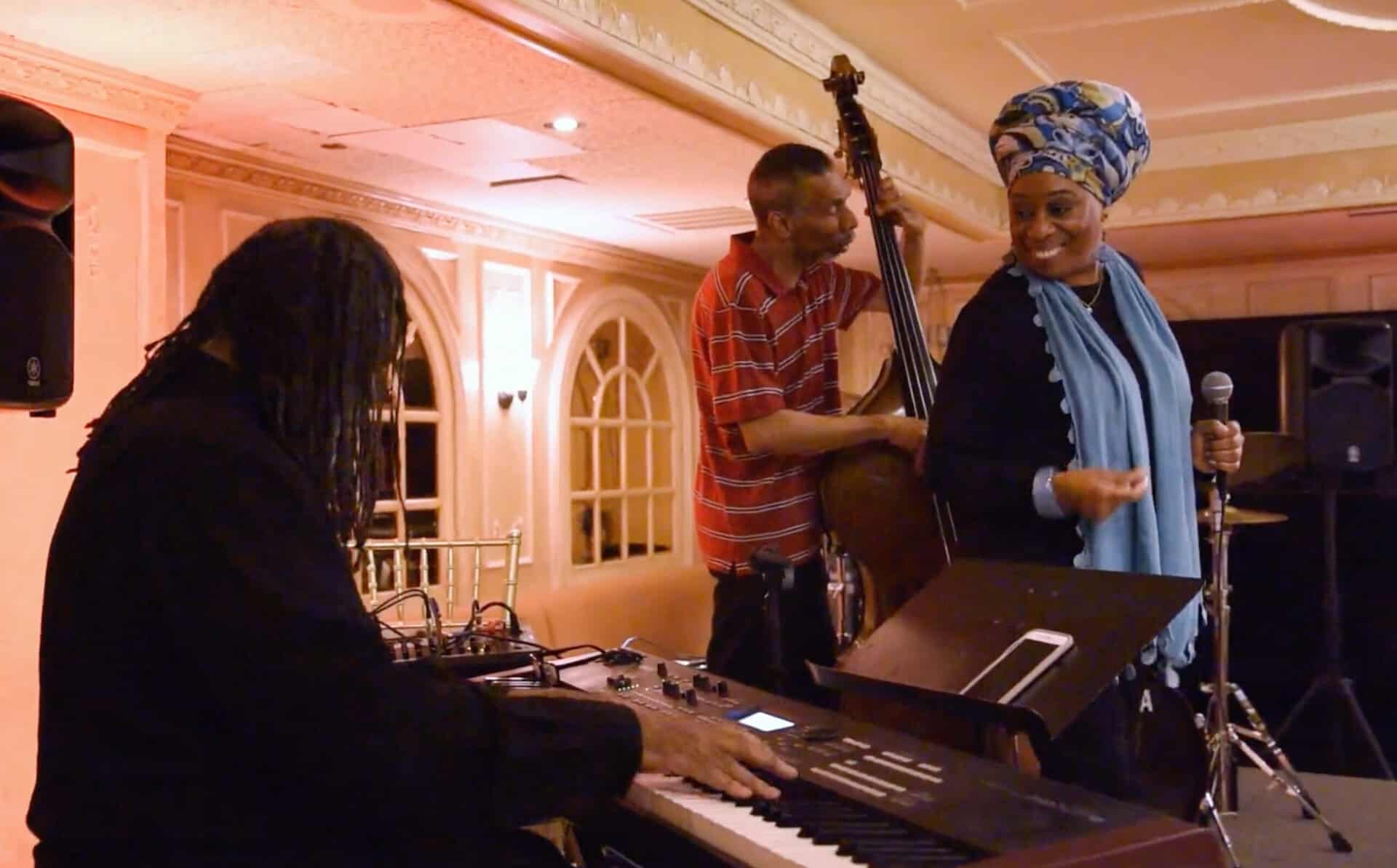“History is not the only way to interpret the past,” says Martha Sandweiss, founder and director of the Princeton & Slavery Project at Princeton University.
It’s National Arts & Humanities Month—but what does that mean? According to Wikipedia, the Humanities encompass history, philosophy and religion, modern and ancient languages and literatures, fine and performing arts, media and cultural studies, and other fields. It’s a lot! In fact, it’s how we seek to understand the entire human experience.
Here at State of the Arts, the arts and humanities are our focus. Sometimes that means going to an artist’s studio, seeing her work, and listening to her stories.
For years, Philemona Williamson didn’t talk about her upbringing, but in her paintings, she’s finally opening up.
It can also mean finding out how the old song “America the Beautiful” became a way for many composers, and one Korean-born pianist, to explore what it means to be an American today.
Pianist Min Kwon at Grace Church in Newark, New Jersey
Exploring how artists make sense of the world, and how art can show us a new way of seeing it, is at the heart of what we do here at State of the Arts. We appreciate the hard work of being an artist—described here by Walt Whitman in “Song of Myself,” well over 100 years ago:
My voice goes after what my eyes cannot reach,
With the twirl of my tongue I encompass worlds and volumes of worlds.
Speech is the twin of my vision, it is unequal to measure itself,
It provokes me forever, it says sarcastically,
Walt you contain enough, why don’t you let it out then?
Read a poem. Put on a great old song. Paint a picture. Watch that really amazing series right from the beginning.
Happy National Arts & Humanities Month (Year, Life!)


